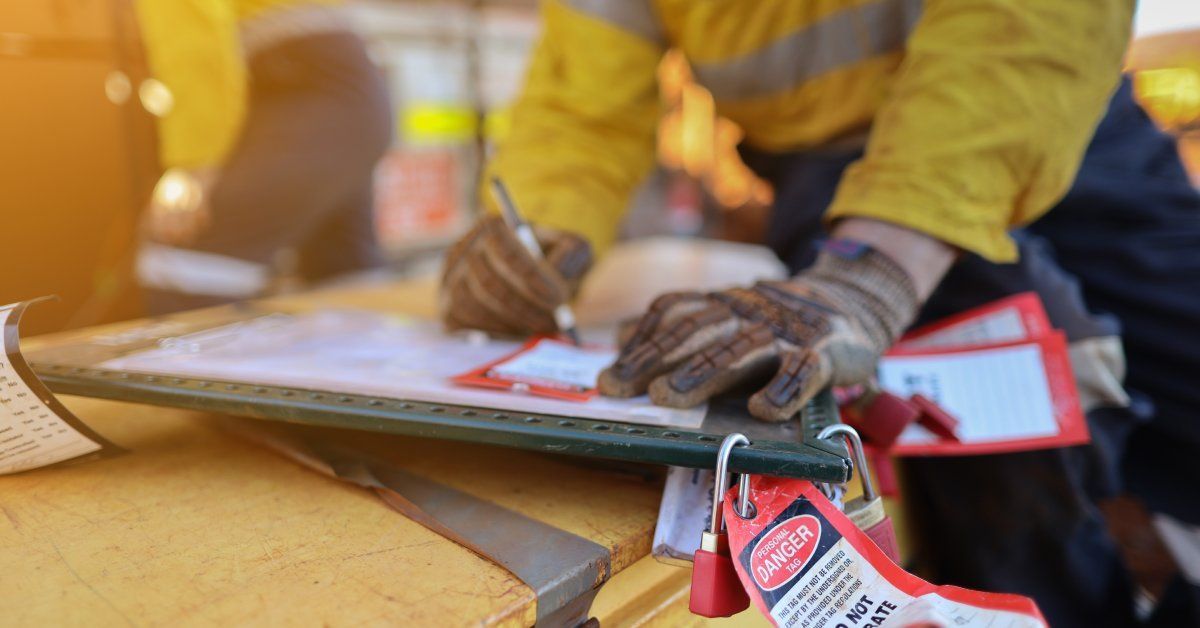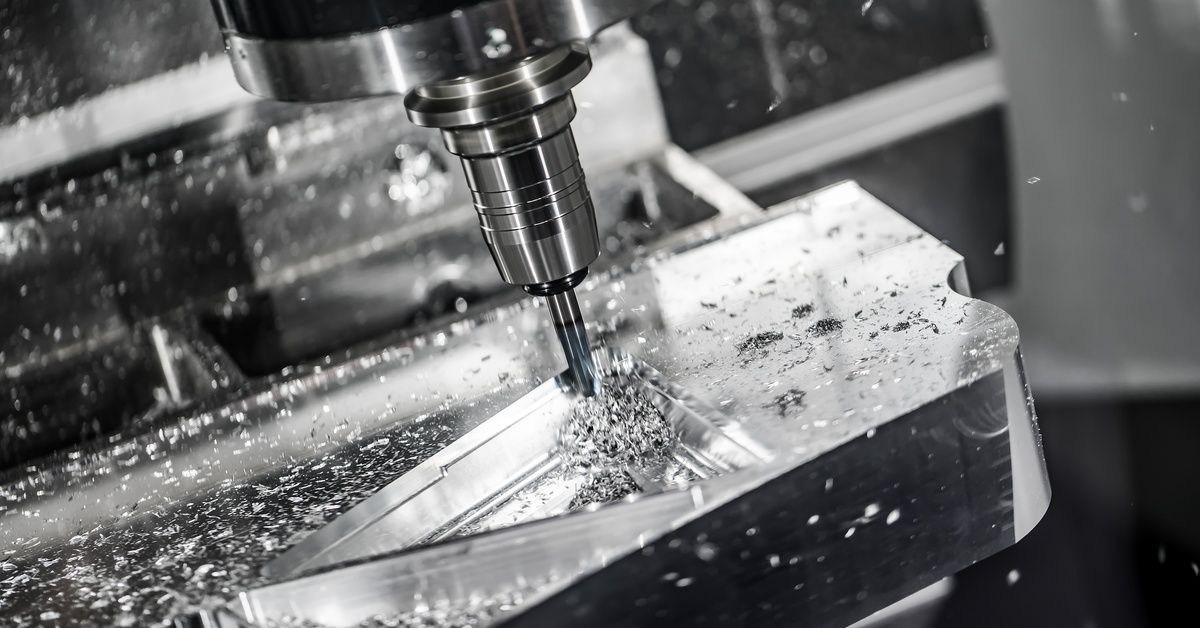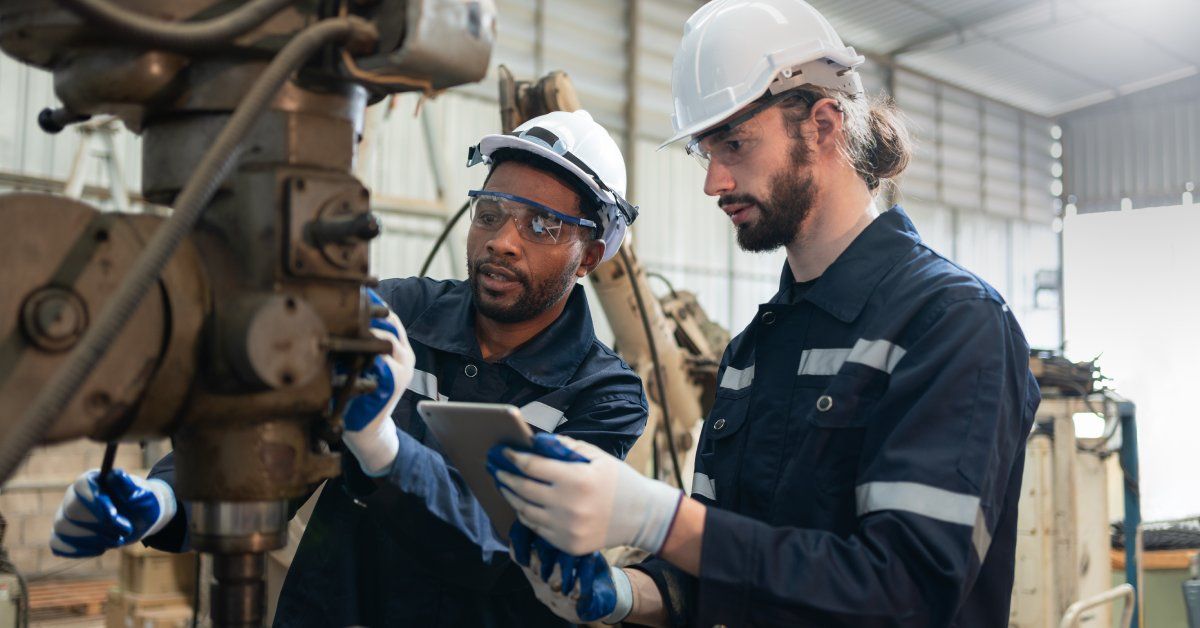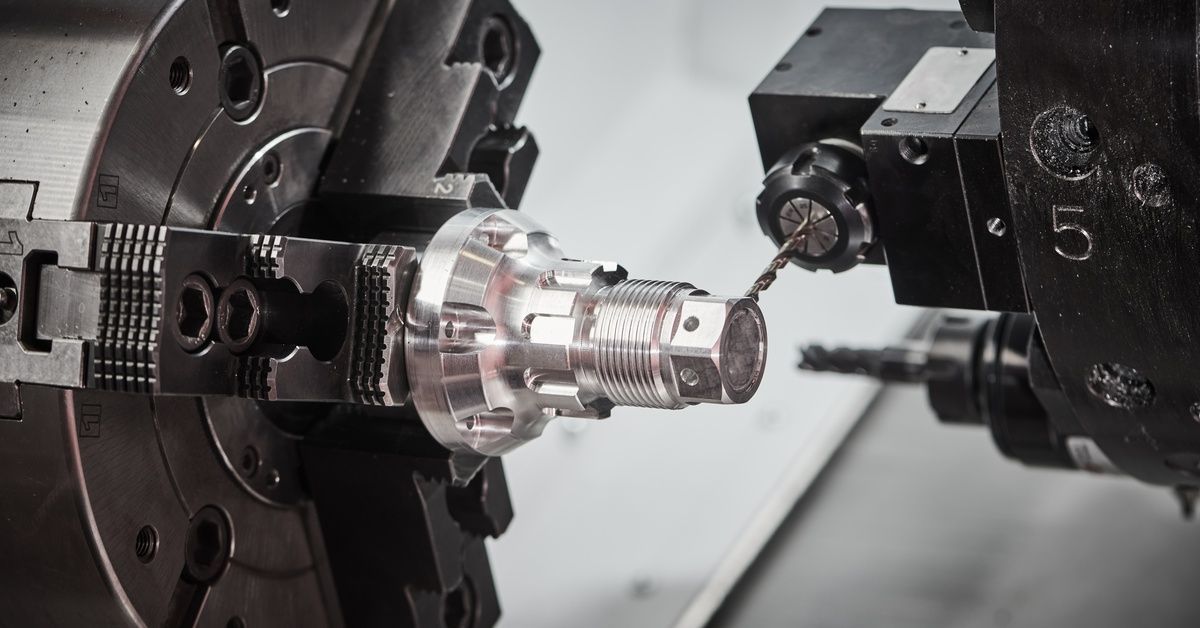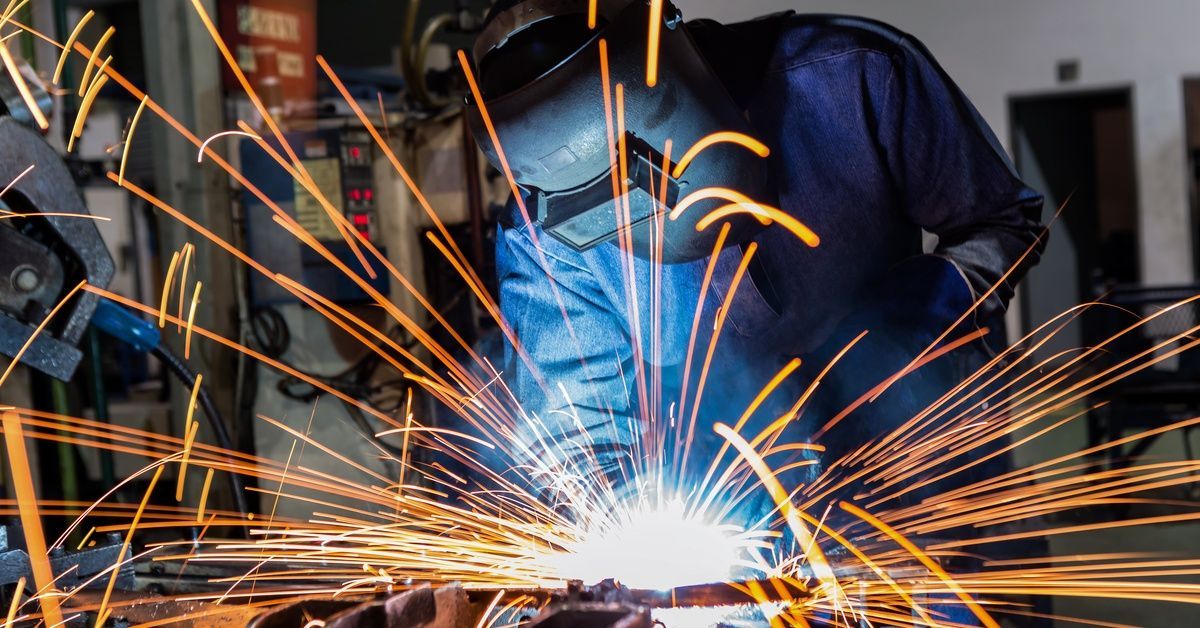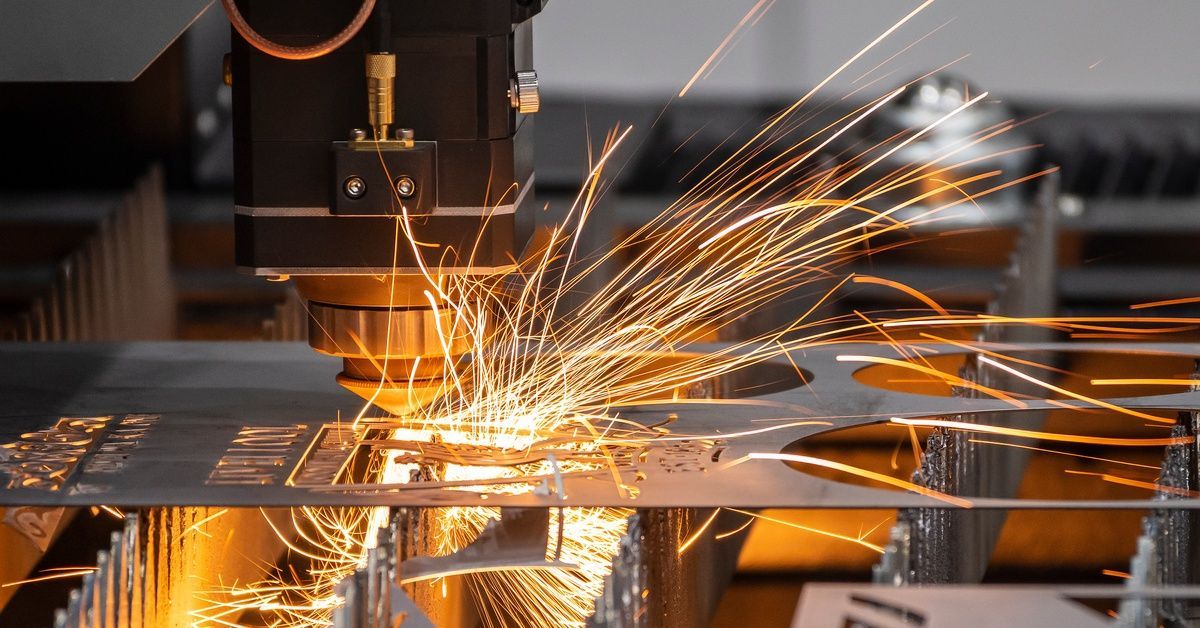What You Should Know Before Making Your Metal Prototype
For businesses, the development of metal prototypes stands as a critical precursor to full-scale production. The prototype process can guide industry professionals through the intricacies of materials, design, and more. These steps are essential for taking a new product from concept to reality. Get your production process moving by evaluating what you should know before making your metal prototype.
The Prototype Process
The journey of creating a metal prototype begins with a clear conceptualization of the desired end product, followed by a meticulous planning phase. The process encompasses initial design, choice of materials, prototype fabrication, and subsequent testing phases.
Remember, this process is about asking questions and uncovering answers with practical models. A prototype won’t always be an exact copy of the final product, but it is key in helping you finalize design choices.
Each step is crucial, requiring careful coordination and a profound understanding of manufacturing principles to ensure a seamless transition from design schematics to a tangible, functional prototype. Work with a manufacturer who can collaborate with you, assessing your design and bringing it to life with their expertise.
Materials and Techniques
Selecting the appropriate metal and prototyping technique is foundational to the prototype’s success. Common materials include aluminum and steel, each offering distinct properties in terms of strength, weight, and resistance to corrosion.
Advanced methodologies, such as 3D printing, CNC machining, and sheet metal fabrication, are employed based on the prototype’s complexity and the desired precision. For example, at James Manufacturing, we use our CNC machining shop for both prototyping and full-scale production, ensuring companies can bring their desired designs to fruition easily.
Don’t overlook the time and financial considerations when it comes to using the right materials and techniques. Developing a metal prototype is an investment in both time and resources. A candid discussion on budgeting for materials, labor, and unforeseen challenges is essential. Additionally, setting realistic timelines that account for design revisions, testing, and final adjustments will help keep the project on track.
Design Considerations
Ensuring the prototype meets all specifications and expectations necessitates thorough design considerations. Factors such as the prototype’s dimensions, tolerances, and integration of components are paramount.
This aspect requires a collaborative effort between designers, engineers, and the manufacturing team to preemptively address possible challenges. These professionals can leverage CAD tools and simulation software to refine the design and ensure manufacturability.
The Importance of Testing
One of the most helpful things to know before making your metal prototype is the importance of testing your design’s capabilities. Testing is an indispensable phase in the prototyping process, offering insights into the prototype’s performance under various conditions. Techniques range from stress tests and thermal analysis to real-world usability testing.
Working with a manufacturer to build a prototype allows you to focus on addressing design choices and test various factors. The objective is to pinpoint any design or material deficiencies, allowing for adjustments before the product enters mass production.
Well-informed decisions, grounded in industry expertise and a client-centric philosophy, are the backbone of successful metal prototyping projects. Explore, innovate, and succeed—your potential is limitless.
